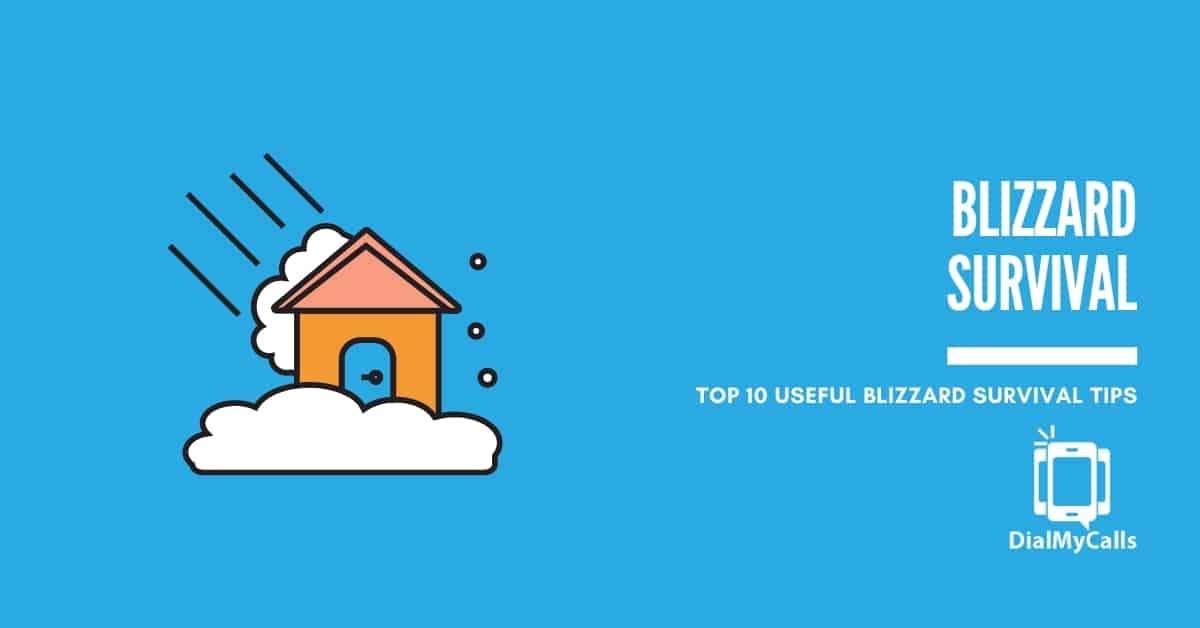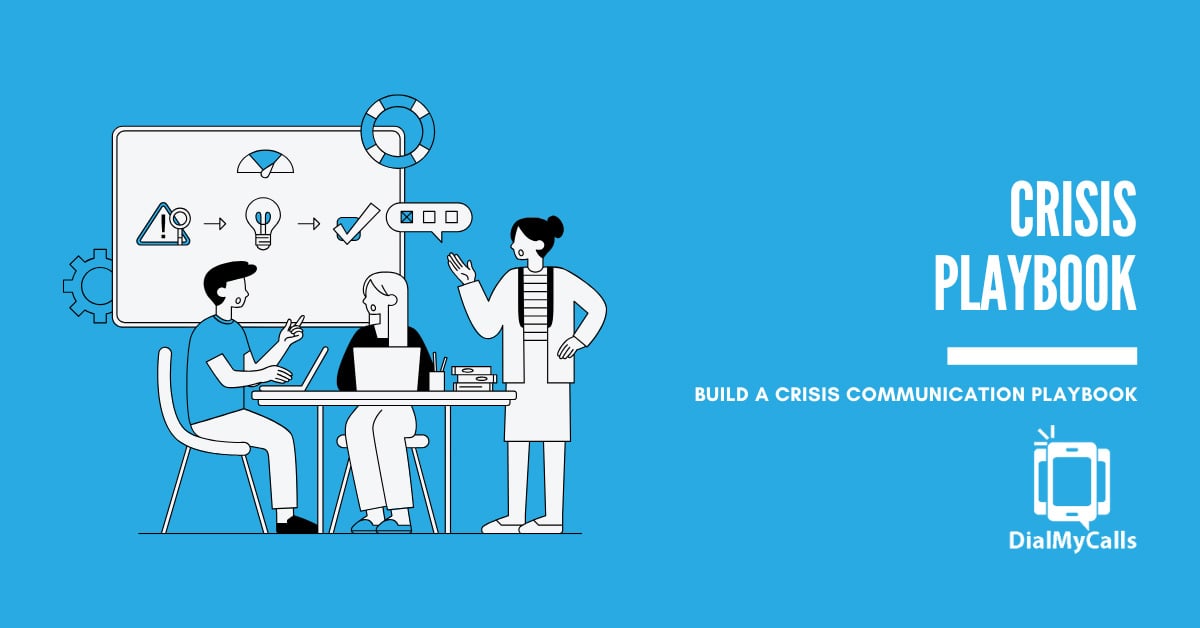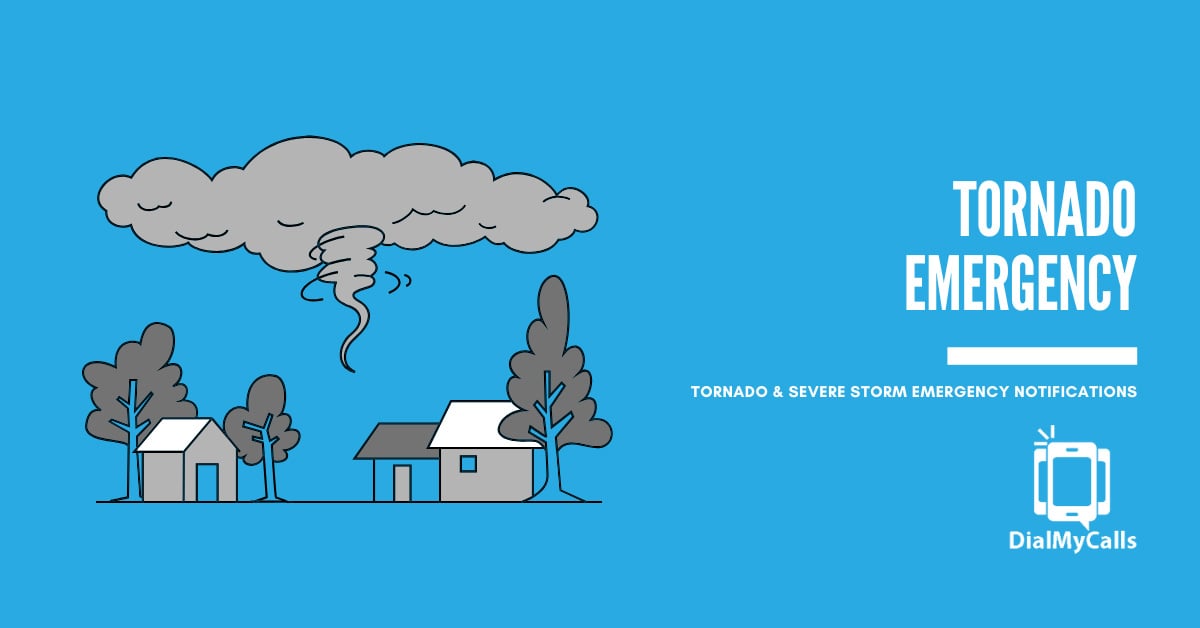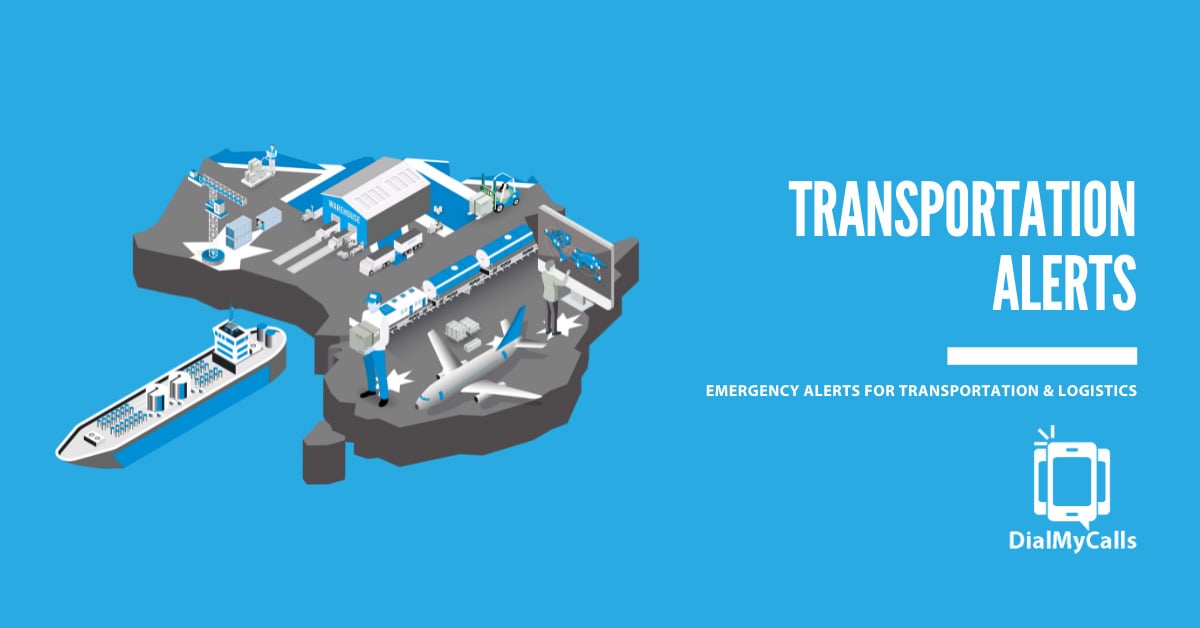10 Extremely Useful Blizzard Survival Tips
Posted by Tim Smith in Emergency Notification on December 14, 2015
Updated on November 27, 2024

The only good thing about a blizzard is that you are usually given some notice that it is on its way. This should give you enough time to buy some cocoa, batten down the hatches and light a fire in the fireplace. Follow these five blizzard survival tips, and you’ll stay safe and warm while the snow is piling on:
1. Add Extra Insulation to Your Windows and Doors
A blizzard does not just bring snow. A blizzard blows freezing cold winds right up to the exterior of your home. If your home is not well insulated, that freezing cold air will make its way into your living space. Reinforce window and door frames by filling in cracks with caulking, or if the entire window is a problem secure a piece of plastic in front of it. Use old towels rolled up as an additional barrier for the space at the bottom of doors that lead outside.
2. Stock Up on Supplies
Flashlights and batteries are good to have in case the snow cuts off your electricity. Also buy some candles and matches to use as lighting when not moving around your home. If you have a fireplace make sure that you have sufficient amounts of dry kindling and wood stored inside, or invest in a kerosene heater to provide heat if your electric is out.
When considering food to stock up on, shop as if you know that you will be without electric for a while. Bottled water and ready to eat non-perishable foods are your best bet. If you absolutely must have items like milk for young children, have bags of ice and a cooler ready just in case.
3. Get Your Warm Blankets Out of the Bedrooms
To conserve heat, your family should be limited to one or two rooms in the house, ideally those with an alternative heat source. Camp out on the floor together using your warmest blankets and take advantage of body heat to stay warm at night. Don’t forget to include your pets in your plans to stay warm, as they are just as susceptible to extreme cold temperatures as you are.
4. Don’t Leave the House
Blizzards create conditions where it is difficult to see and often hard to get your bearings. Make sure that you have all that you need at home, before the first flakes start to fall. With a fast moving storm, conditions can change for the worse in a matter of minutes, leaving you stranded outside in the cold.
5. Keep Your Cell Phone + A Backup Battery Charged
Cell phones will allow you to keep track of other family members and friends who are also braving the storm, as well as provide you with a means of contacting authorities in the event of an emergency. If your town or municipality has invested in an emergency notification system, you may also receive important storm updates on your cell phone.
6. Always Keep Your Eye on the Forecast
The first thing that’s essential to do in order to prepare for snow emergencies is to always keep an eye on the forecast for the next week or two. While some snowstorms and severe weather incidents may come as a sudden surprise, most storms will move rather slowly, and give you several days to prepare.
If you or someone you work with always keeps an eye on the weather, you’ll be able to take the proper steps to prepare for a harsh storm – such as alerting snowplow drivers to be on standby, putting extra salt on the roads, and being prepared for power outages and other such issues.
7. Make Sure You Have Enough Plows for a Worst-Case Scenario Snowfall
If you don’t have enough plows, even a small amount of snow can cause your city to shut down entirely, due to blocked roads and other such issues. In Atlanta, for example, a 2-inch snowfall caused the entire road system to shut down, resulting in hours of gridlocked traffic.
Why? Because Atlanta has few – if any – snow plows and salt trucks to help clear the roads. This level of snowfall is (nearly) unprecedented – and they weren’t prepared.
So, what’s the lesson? To be prepared for the worst-case scenario that could happen to your town. If you live in an area where snow is a possibility, you should expect it. Look up records for the most snowfall ever experienced in your area, and prepare as if you’ll get this same level of snowfall again.
Of course, you have to consider your budget. You probably can’t afford to keep too many full-time snowplow or salt truck drivers on-call. So it’s a good idea to create a program by which folks with proper equipment – a large truck with a snow blow and/or salt dispenser – can plow your roads.
You can either “deputize” local residents and provide them with a plow to attach to their truck, or consider an “on-call” system, where folks who have trucks and the proper equipment can volunteer for plowing duty. Then, when their services are required, they can be notified, using an emergency alert system like DialMyCalls. With DialMyCalls, you can quickly reach out to your local plow team via SMS text messages, phone calls, and email broadcasts, to ensure that they’re prepared to deal with the incoming weather. They’ll be paid a set hourly wage while they work, and plow their designated area.
8. Be Prepared for Power Outages
One of the most difficult things to prepare for during the winter is a power outage. Power outages in the winter can be life-threatening, particularly to people in your town or city who are older, or in poor health. If a power outage does occur, make sure to work with local utility companies to restore power as quickly as possible, and provide them with any assistance they need.
9. Don’t Be Afraid to Issue Snow Emergency Announcements
In order to discourage driving in dangerous conditions, you should make it a point to use snow emergency announcements properly, and shut down roads if conditions are too dangerous for driving.
Snow emergency classification can vary, based on your state and county regulations, but one common system used for snow emergencies is as follows:
- Level 1 snow emergency – Roads are icy and may be hazardous, with blowing and drifting snow. Driving is allowed, but caution is recommended, and speeds should be kept very low.
- Level 2 snow emergency – Roadways may be very hazardous, with high levels of ice, large snow drifts, and extremely slippery conditions. Driving should be done only if necessary. Employees should be contacted to see if they should report to work, and schools may be closed. Motorists are advised to be extremely careful while driving.
- Level 3 snow emergency – Visibility is completely compromised, with high levels of blowing snow, ice, and other hazards. All roads and roadways are closed, except for emergency personnel (police, firefighters, plows/salt trucks, etc.). No person should be driving in these conditions, except if it’s absolutely necessary, such as for a personal emergency. Those who drive without authorization could be subject to arrest.
Depending on where you are, the local sheriff or another municipal government member may have to authorize a snow emergency. Use this power appropriately, to limit travel on hazardous roads until the weather clears up, or plows and salt trucks can remove as much snow and ice as possible.
10. Provide Local Residents With Information About Safety During Winter Storms
Most of the people who live in your city will need to ensure their own safety during a winter storm, and they should have the information and tools required to do so.
Consider spreading awareness of winter storm preparedness tips by partnering with local newspapers, radio stations and TV stations, and by using the internet, as well as social media websites such as Facebook and Twitter.
Share information about storm preparedness – such as how to drive safely in the winter, how to react to a snow emergency, tips dealing with power outages, and other such information. By doing so, you can empower each person living in your city or town to make smart choices – and protect themselves when the weather turns cold and stormy.
Unlike other storms, blizzards can leave you in a precarious position for days after the storm has blown over. By being prepared beforehand, you and your family will have no problems in weathering out the storm, and its aftermath.
Prepare for the Worst That Winter Has to Offer – With These Simple Tips
By ensuring you have snow plowing staff and volunteers on-hand, keeping an eye on the weather forecast, and preparing for major storms in advance, you can help keep people in your city safe, and ensure that you’re all ready to get through winter storms – and make it to next spring safely. Sign up for a DialMyCalls account today to prepare for when a blizzard happens in your city.
Author
Tim Smith is the Media Manager at DialMyCalls, where he has leveraged his expertise in telecommunications, SaaS, SEO optimization, technical writing, and mass communication systems since 2011. Tim is a seasoned professional with over 12 years at DialMyCalls and 15+ years of online writing experience.
Try Using DialMyCalls Right Now
Start For Free
Recent Posts
- A Step-by-Step Guide to Building a Crisis Communication Playbook
- 6 Top Emergency Notification Challenges Schools Face and How to Solve Them
- 7 Best Practices for Tornado and Severe Storm Emergency Notifications
- 7 Best Practices for Church Emergency Notifications to Keep Congregations Safe
- How Transportation and Logistics Use Emergency Alerts to Keep Operations Moving
Categories
“I am a youth minister and have spent hours in the past calling students individually to remind them of an upcoming event or to get out an urgent announcement. With DialMyCalls.com, I cut that time down to about 1 minute. I also love how I can see exactly who answered live and how long they listened so I know if they heard the whole message. DialMyCalls.com is the best website I have stumbled upon all year! Thanks!”
Central Baptist Church
Try Using DialMyCalls Right Now
Start For Free
Author
Tim Smith is the Media Manager at DialMyCalls, where he has leveraged his expertise in telecommunications, SaaS, SEO optimization, technical writing, and mass communication systems since 2011. Tim is a seasoned professional with over 12 years at DialMyCalls and 15+ years of online writing experience.
Try Using DialMyCalls Right Now
Start For Free
Recent Posts
- A Step-by-Step Guide to Building a Crisis Communication Playbook
- 6 Top Emergency Notification Challenges Schools Face and How to Solve Them
- 7 Best Practices for Tornado and Severe Storm Emergency Notifications
- 7 Best Practices for Church Emergency Notifications to Keep Congregations Safe
- How Transportation and Logistics Use Emergency Alerts to Keep Operations Moving
Categories
“I am a youth minister and have spent hours in the past calling students individually to remind them of an upcoming event or to get out an urgent announcement. With DialMyCalls.com, I cut that time down to about 1 minute. I also love how I can see exactly who answered live and how long they listened so I know if they heard the whole message. DialMyCalls.com is the best website I have stumbled upon all year! Thanks!”
Central Baptist Church
Try Using DialMyCalls Right Now
Start For Free


